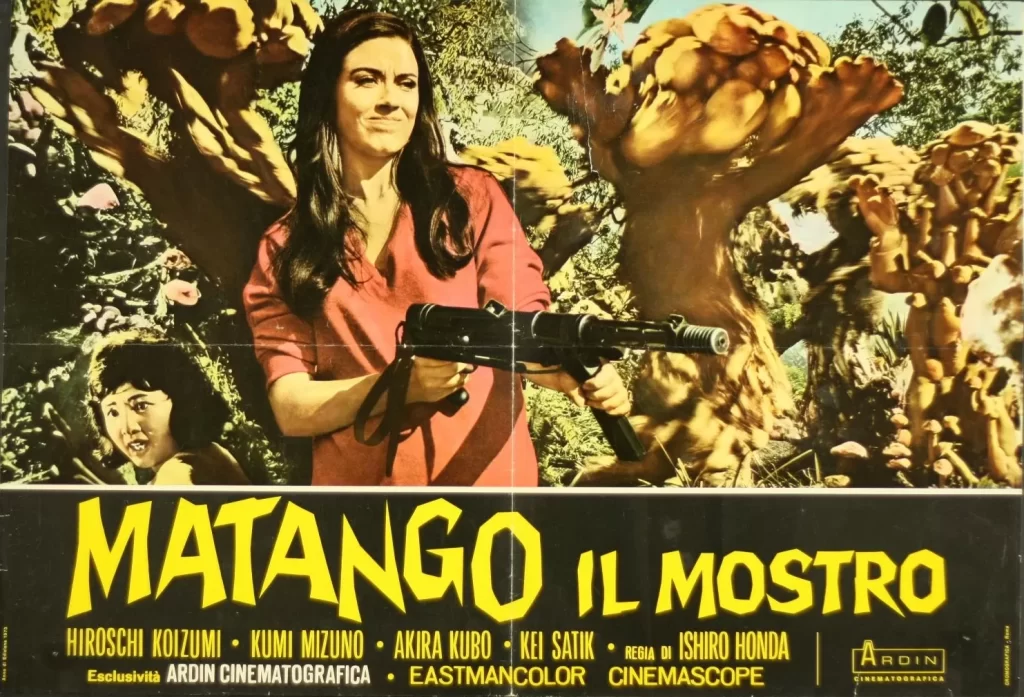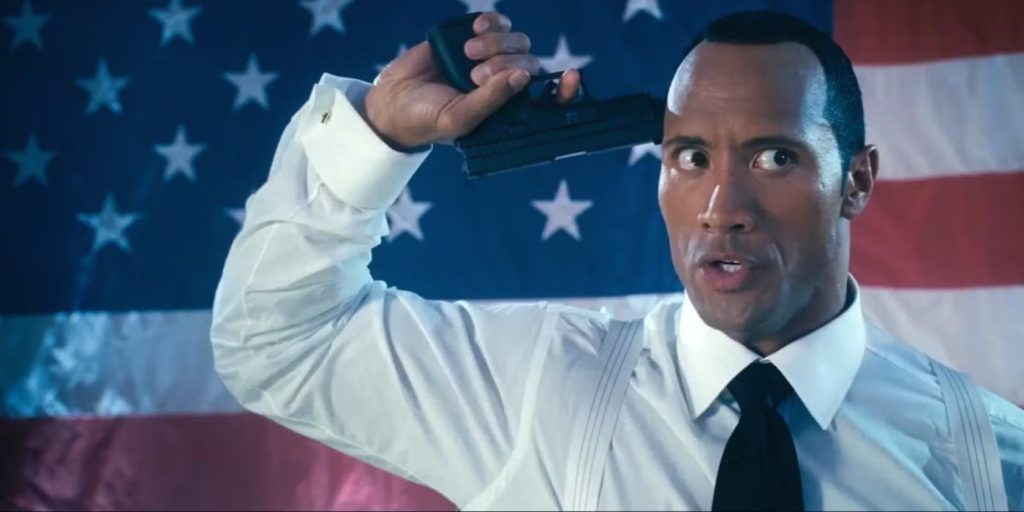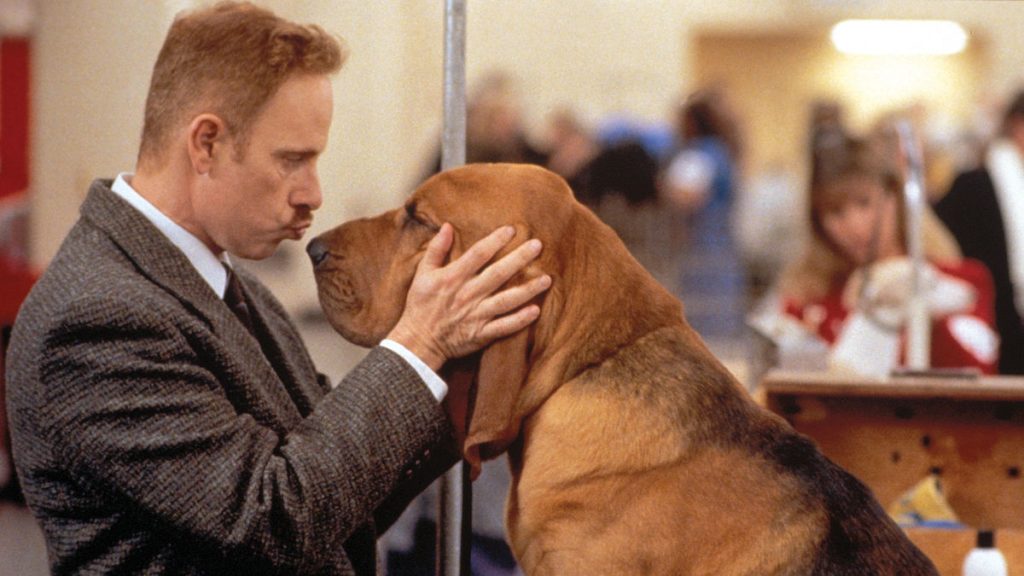Like The Stepford Wives, I’d avoided the original Rollerball due to a flaw over which it had no responsibility: spawning an unapologetically terrible remake. So, like Stepford, its recent appearance on Amazon Prime prompted an overdue first watch for Norman Jewison’s futuristic sports drama, released in 1975 but set in, hey look at that, 2018. What a fine time to chuckle at an imagined future in which our country is ruled by ruthless corporations and an “executive class”!
Indeed, every packed game of the title sport begins with the playing of “our corporate anthem,” and in this version of the future/present, after a period of world bankruptcy, the corporations have risen to rule. “Corporate society takes care of everyone,” insists Energy Corporation chairman Mr. Bartholomew (a chilling John Houseman), as long as no one interferes with “corporate decisions.”
This is a world of compromise, in which individuality has been traded for comfort. Or, as Jonathan E. (James Caan) puts it, it’s a choice between “havin’ all them nice things and… freedom.” Jonathan is the star player of the Houston Rollerball team, and Caan is the right choice for the role, a square-jawed jock type who nevertheless sports a giant chip on his shoulder.

The game itself is a cross between roller derby, hockey, and a biker rally; like quidditch or whack-bat, it’s basically nonsensical. “Stupid game, after all,” shrugs Mr. Bartholomew. “Awful game.” But it’s also a lucrative, popular game, and when we meet Jonathan E., Houston’s championship season is nearly over – and though he’s the league superstar, Jonathan is being pressured to quit. They’re “afraid” of him, he’s told. But why? He decides to find out.
From our current vantage point, Rollerball is most entertaining as a fairly prescient prediction of the direction contact sport entertainment would take in the coming decades. The matches are photographed with “thirty multivision cameras,” a head-spinning system of automated simulcast that isn’t far removed from the dizzying array of visual bells and whistles rustled up for NFL and NBA games. The game play is often brutal and relentless, but (body count aside) not much grizzlier than a UFC bout. It steadily escalates throughout the narrative, as Bartholomew and crew instigate “rule changes” (limited substitutions, no penalties, no time limits) to both maximize carnage and scare Jonathan away.
These sequences are enlightening, as director Jewison adroitly orchestrates both the mayhem and its response, gauging how quickly and easily the audience’s bloodlust might take over. By the championship game of the big climax, a massive pile-up of bodies and raging fire on the track, the savagery finally stuns them all into silence. As Bartholomew and the suits look on from their luxury seats, stone-faced, the Roman gladiator overtones become apparent: these are athletes shedding blood for the entertainment of the rich. Rollerball concludes with what could be read as triumphant note, not unlike Rocky the following year – but this one pulses with cynicism, a hollow victory if there ever was one.

That was the kind of sports movie that would dominate in the years to come – films that focused on the triumph of the underdog, while rarely casting much skepticism in the direction of management and ownership (to say nothing of the government). But this wasn’t always the case, and with that jaded perspective in mind (as well as the sartorial style and salty accents of the Houston team), Rollerball feels like a closer companion to the decade’s stream of good-ol’-boy pro sports movies, like North Dallas Forty, Semi-Tough, and Slap Shot.
That fraternity is sort of unavoidable, thanks to the distinctively ‘70s aesthetic present in the clothing, interior design, and facial hair. The “future but now” look and feel gives the picture a strange placelessness – it’s a movie both in and out of its time. And it not only looks like a ‘70s movie but feels like one, as Jonathan’s hunt for the truth behind his impending ouster situates the film alongside the loner vs. vast conspiracy subgenre of the era (The Parallax View, The Conversation, Three Days of the Condor); there’s also a pronounced Eastern influence (and, well, Othering) via the Tokyo finals and the warnings, to the team, of differences in “fighting style.” (Maybe I just had the Bruce Lee movies of the era on my mind.)
Jewison’s go-to naturalism is a strange match for this material, but he grounds it in reality as best as he can, finding muted moments for Caan’s character and enjoying their quiet. I’m not sure Rollerball entirely works – it’s such a strange hybrid of mismatched genres, you’re never quite sure what movie Jewison is making, or if it’s the one he intended. But I’ll add this much: my attention never wandered.
“Rollerball” is now streaming on Amazon Prime.



